- The Yaji Railway is the first railway built by a Chinese company overseas with a full industrial chain going out
- Up to now, China Railway Second Institute has undertaken more than 300 projects in more than 70 overseas countries and regions
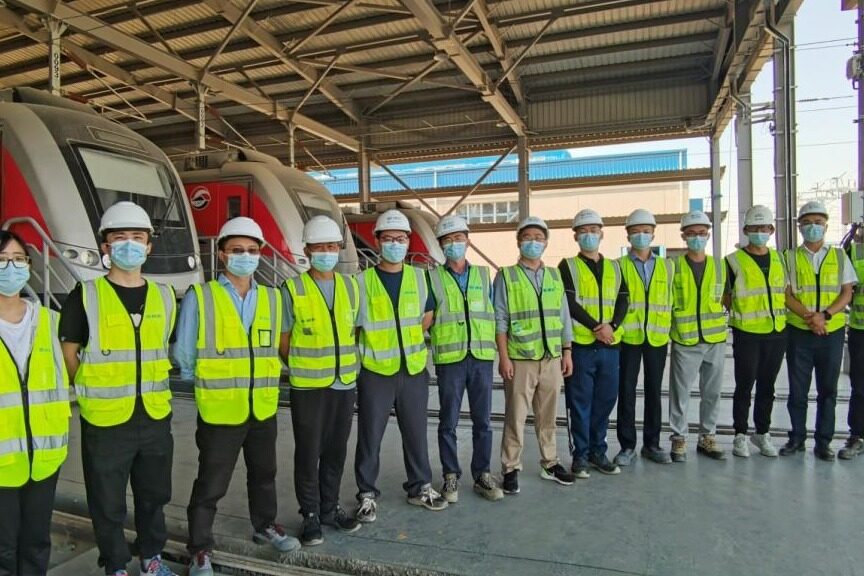
At the beginning of the new year in 2023, the China Railway Second Academy, which has just celebrated its 70th anniversary (1952-2022), has received good news from several important projects: the new Chengdu-Kunming Railway has been put into operation, and the Chinese-aided Luang Prabang Hospital upgrade project in Laos Commencement of construction, the left side of the Shaping River Super Bridge on the Hengxian-Nanning section of the Cenxi-Daxin Expressway closed...
It was late at night, and the office building of the headquarters of the China Railway Second Academy was still brightly lit. This is the command center for promoting the domestic and overseas projects of the China Railway Second Academy. Entering the 10th anniversary of the construction of the Belt and Road Initiative, this central enterprise in Sichuan, which is at the forefront of going overseas, continues to work on overseas projects, whether it is a project that has been completed and operated, or a project that is under construction. These projects continue to improve the level of connectivity along the Belt and Road. Witness the original intention and mission of China Railway No.
Yaji Railway
As early as 1965, the Second Academy of China Railway participated in the construction of one of the largest foreign aid complete sets of projects in the history of China’s diplomacy——Tanzania-Zambia Railway, and dispatched a survey and design team to Tanzania and Zambia to carry out full-line surveys, which opened the way for China’s railways to go to the world. screen.
The Tazara Railway traverses the East African plateau and crosses the rift valley. The older generation of the Second Academy overcame all kinds of difficulties between the high mountains of Tanzania and Zambia, amidst thorns and diseases, and completed a detailed survey report in December 1969, laying a solid foundation for the construction of the railway.
Entering the 21st century, at the invitation of Ethiopia, China Railway Eryuan, as the main planning and design unit, participated in the construction of the "Tanzania-Zambia Railway in the New Era" - the Yaji Railway. As an electrified railway designed and constructed mainly by Chinese enterprises, promoting the adoption of "Chinese standards" is the first step in this country that has not yet set its own railway construction standards, but this step is not easy.
As early as 2009, the China Railway Second Academy began to contact the Ethiopian government, explaining the advanced nature and rationality of the "Chinese standard" and related technologies, and discussing the adoption of the "Chinese standard".
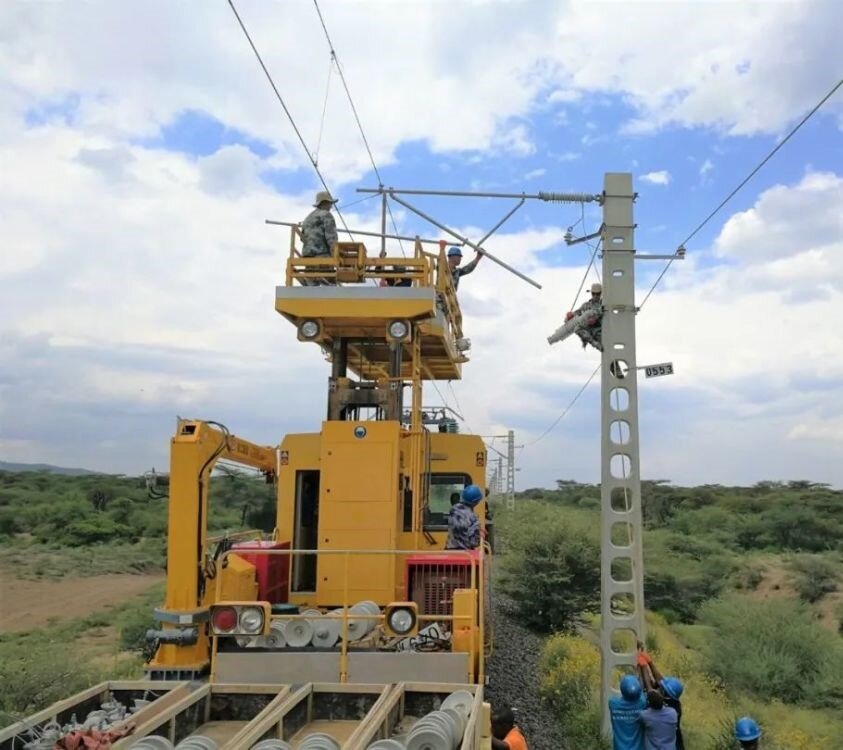
Surveying and mapping is the first process of railway survey and design, and it is also the first step to demonstrate the strength of "Chinese standards". When Lu Jiankang, chief engineer of the China Railway Second Academy of Surveying and Mapping Engineering Design and Research Institute, led a team to Ethiopia, he only got data left over from the 1950s, with little data and extremely low accuracy. It is with reference to "Chinese standards" and the use of China's satellite positioning technology, aerospace remote sensing technology, etc. that Lu Jiankang and his team successfully helped the local area establish a basic railway control network.
In June 2010, relevant personnel from Ethiopia were invited to China to experience the comfort, safety and reliability of Chinese trains. After two months of arduous negotiations, in August 2010, the Asia-Djibouti Railway contract was officially signed, clearly planning and constructing according to "Chinese standards".
"On the basis of China's railway technical standards, the Ajibouti Railway also adopted the most economical engineering plan for design and construction in consideration of the national conditions of Ethiopia and Djibouti at that time." Zeng Deli, project manager of the Ajibouti Railway Survey and Design Project of the China Railway Second Institute, said that Djibouti's power supply is difficult , the design scheme proposes the power supply mode of the interval repeater station, which is the main use of the catenary and the backup of the diesel generator, which greatly relieves the pressure on the operation of the power grid; in view of the special geological conditions of the Yaji Railway, especially the 100 The volcanic landform and the tension cracks in the fault zone have been specially designed to avoid and fill the plan to ensure the safety of the line.
The Yaji Railway passes through the Awash National Park. In order to protect the local ecological environment, China Railway No. free movement.
Since the establishment of the Algeria-Djibouti Railway Survey and Design Project Department in September 2010, the Second Institute of China Railway has sent more than 1,700 people to Ethiopia to participate in various tasks.
On October 5, 2016, Yaji Railway was successfully opened to traffic. "It took only six years from planning to completion, which is very fast even in China," Zeng Deli said.
The Algeria-Djibouti Railway is the first "going out" railway with a full industrial chain built by a Chinese enterprise overseas, that is, from financing, design, construction, equipment materials, to operation after opening to traffic, it is all in the charge of Chinese enterprises, which reflects the Its extraordinary strength also showed the world the great progress of China's railway industry.
China-Laos Railway
On December 3, 2021, when President Xi Jinping attended the opening ceremony of the China-Laos Railway via video, he pointed out that "both sides should make persistent efforts to achieve good results, maintain and operate the railway well, develop and build along the line well, and create a golden line that will benefit both sides. people of the country."
After more than a year of operation, this "golden channel" has lived up to expectations and achieved brilliant results. As of January 31, the total volume of import and export freight on the China-Laos Railway reached 2.5205 million tons, and 10.3 million passengers were transported, which not only drove the development of related industries, but also created a large number of employment opportunities, bringing tangible benefits to the countries and people along the route. The "sense of gain".
This cross-border railway, which runs from Kunming, Yunnan, China in the north, to Vientiane, the capital of Laos in the south, is the first cross-border railway that is directly connected to the Chinese railway network.
As early as the early 1990s, the expert group of the Second Academy went to Laos, Vietnam, Myanmar, Thailand and other Southeast Asian countries to conduct on-site surveys, and completed the Laos railway network planning in June 2008. According to the "Memorandum of Understanding on Railway Cooperation between the Ministry of Railways of the People's Republic of China and the Ministry of Public Works and Transport of the Lao People's Democratic Republic" signed by China and Laos in 2010, China Railway Second Institute has successively compiled the pre-feasibility study report and feasibility study report of the project. However, due to many factors, the progress of the project was once hindered. After several years of tracking and incubation, the persistent people of the Second Academy finally saw the moonlight, and the China-Laos Railway was officially implemented, and the China Railway Second Academy was responsible for the survey and design of the entire line.
In May 2010, Xie Yi, Chief Engineer of China Railway No. The initial test route of the railway from Luang Prabang, Mong Sai to Boten.”
Before the on-site survey, the plan and work points should be determined on paper, and then the plan should be adjusted according to the site survey. During the field survey in Laos, many construction sites have no ready-made roads and can only travel through mountains and ridges. At any time, we need to beware of poisonous snakes and leeches in the jungle. "Venomous snakes are not bad, but leeches are unstoppable. Even if you wear thick jeans, you can still bite into the flesh." Chen Jianguo, the executive deputy general design director of the China-Laos Railway Project, recalled that sometimes repeated reconnaissance was required. , After adjustment, the optimal solution can be determined.
In the following five years, Xie Yi traveled all over the China-Laos Railway, led the geological survey and surveying personnel of the Second Academy of China Railway through tropical rain forests and uninhabited areas, overcame various difficulties, and successfully completed the detailed geological survey data of the line area. The adoption of Chinese standards, Chinese technology, and Chinese equipment throughout the old railway played a key role.
In addition, the China Railway No. 2 Institute comprehensively uses the concept of route selection for environmental protection, disaster reduction, engineering, and construction organization to avoid nature reserves, Luang Prabang World Natural and Cultural Heritage Reserves, and Vang Vieng tourist areas. etc., so that none of the entire line passes through environmentally sensitive areas; carry out detailed investigations on the buildings, roads, ancient tombs, etc. on the site, minimize the amount of relocation and reconstruction projects, and minimize the impact on the production and life of ordinary people.
The technical difficulties in the construction also put forward a severe test for the China Railway No. 2 Hospital. The Friendship Tunnel on the China-Laos Railway has an extremely high salt content, with local salt content reaching over 80%. This is the first tunnel project to pass through such a high salt content stratum at home and abroad. The design team of China Railway No. 2 Institute conducted theoretical analysis and simulation tests on the tunnel construction problems in high-salt rock formations, and gradually improved the treatment plan. At the same time, the principle of "grouting water blocking, all-inclusive waterproofing, reinforced material anti-corrosion, and circular reinforced structure" is adopted for processing, and according to the advanced geological prediction and forecast situation on site, scientific policies, dynamic design, and optimized support parameters fill in the gaps in this area. The technical gap in the construction of tunnels under the ground has ensured that the Friendship Tunnel will be completed on schedule and with high quality.
Under the continuous improvement and strict requirements of the staff of China Railway Eryuan, the design scheme of the China-Laos Railway has not only been recognized by all parties, but also withstood the inspection of construction, and won the first prize of national consulting results.
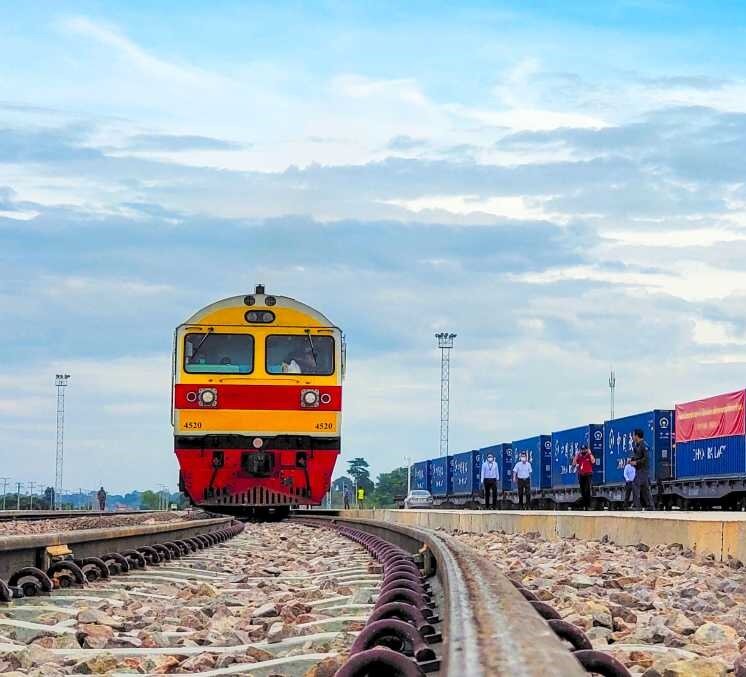
Innovation to open up overseas markets
In 1958, at the invitation of Cambodia, the China Railway Second Academy sent geological expert Li Yuefang and line expert He Qingming to Cambodia to assist in the railway construction task, which lasted for nearly two years. This is the attempt of China Railway Eryuan to go abroad, and it is also the starting point of the dream of China Railway Eryuan to go out of the southwest and go to the world. In the following 60 years, China Railway No. 2 Institute has overcome difficulties, constantly pursued self-breakthrough, and innovated and developed in overseas markets.
In August 2004, China Railway Second Institute started an ice-breaking trip for overseas business - Cambodia "Trans-Asian Railway" technology research project. Although the contract value of this project is only 802,500 US dollars, for China Railway Second Institute, it is reform. The training ground, which is the first time to go abroad after opening, is the first overseas entrepreneurial order.
Since then, China Railway Eryuan has continuously improved its internationalization level and accumulated overseas operating experience. Especially in 2009, China Railway Second Institute promoted the signing of the Venezuelan Railway EPC project with a contract value of US$7.5 billion, which became a major breakthrough in the history of China's international engineering general contracting. In 2011, the construction of the second-line project of the Dongji-Pairob Bazar Railway in Bangladesh was the first of its kind for China Railway Second Institute to independently undertake overseas EPC general contracting projects. China Railway No. 2 has also been deeply involved in local infrastructure construction in dozens of countries such as Nigeria, Ethiopia, and Egypt. After the "Belt and Road" initiative was put forward, China Railway Eryuan went all out to promote the internationalization of "Chinese standards" and create a new pattern of "going overseas" in the entire industrial chain.
Up to now, China Railway Second Institute has undertaken more than 300 projects in more than 70 overseas countries and regions, and promoted the signing of contracts of 15 billion US dollars; it has completed the "four vertical and six horizontal" African corridor planning and the strategic layout of the South American two-ocean railway corridor 4 intercontinental plans, 20 transnational plans and more than 50 country plans; systematically collected, translated and sorted out more than 1,000 volumes of European standards, Japanese standards and Russian standards, and compiled 9 "Russian-Chinese Railway Comprehensive Dictionary" There are 14 commonly used railway dictionaries in 14 languages, which provide technical support for promoting international cooperation and the internationalization of "Chinese Standards".
Based on the long-term perspective, China Railway Second Institute has also held more than 70 training courses for international officials, providing professional training for more than 2,100 officials from more than 100 countries and regions around the world, helping the countries where the projects are located to build professional management teams and carry out academic exchanges.
Entering the next golden decade of the construction of the Belt and Road Initiative, China Railway Eryuan adheres to the belief of designing the future and creating history, and starts again with great ambitions. The Wanli Railway continues a new chapter.Editor/Ma Xue
Comment
 Praise
Praise
 Collect
Collect
 Comment
Comment
 Search
Search


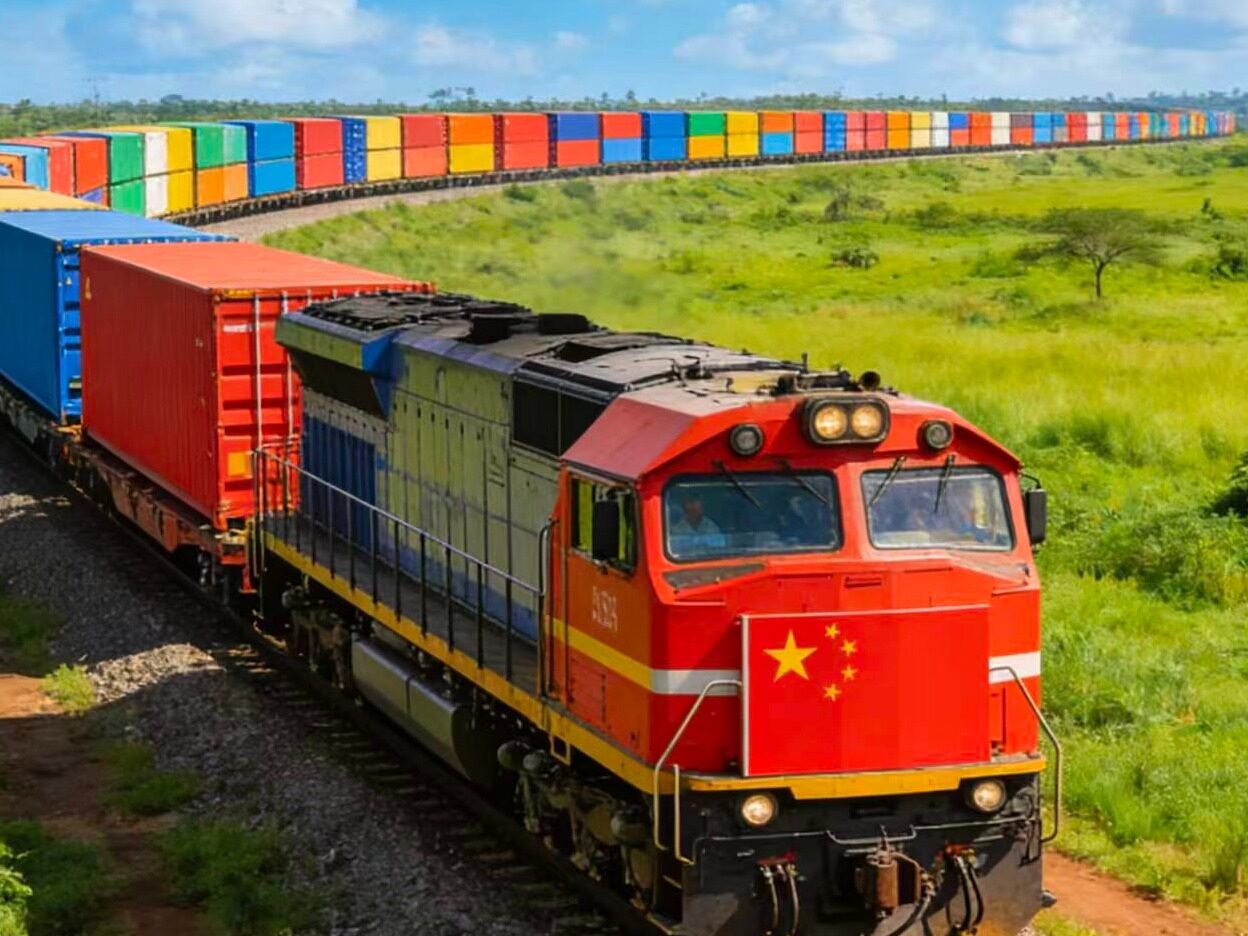
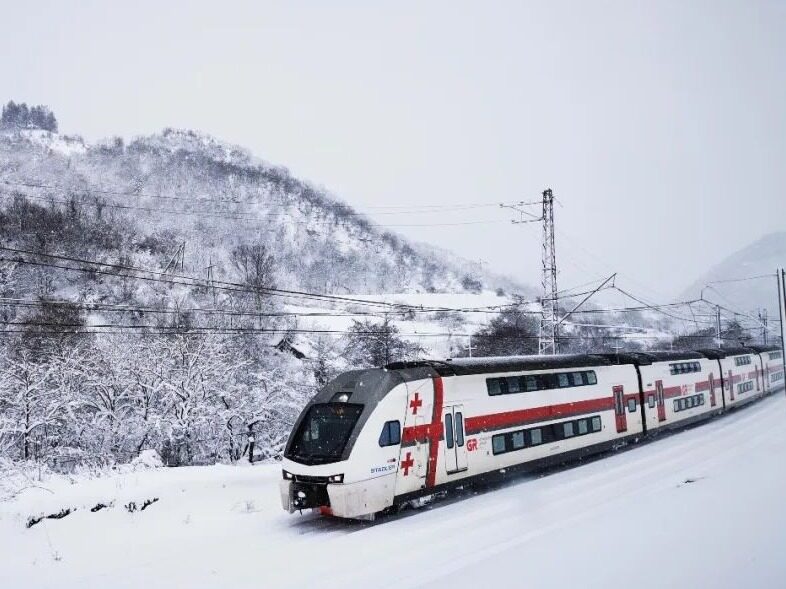
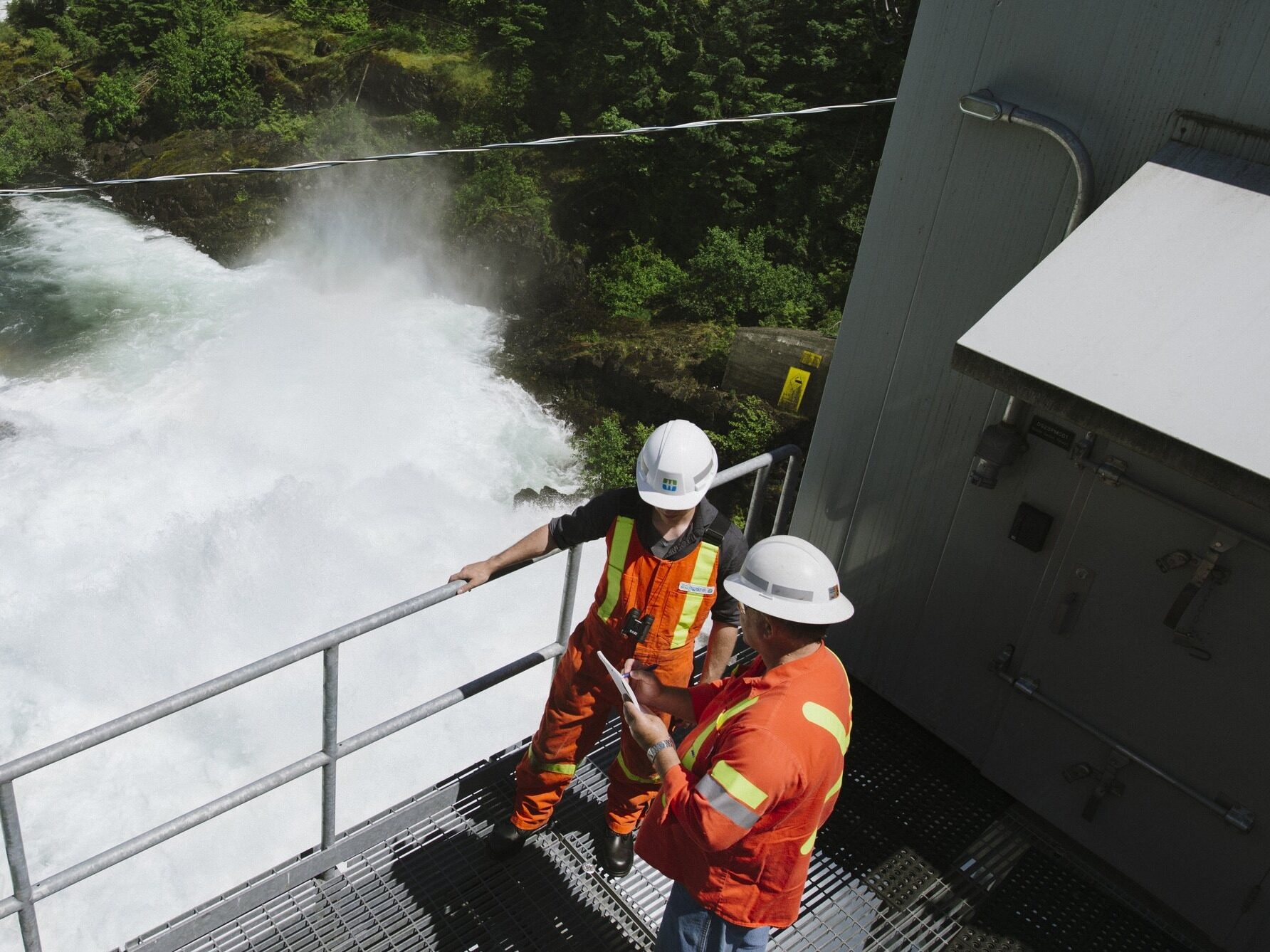
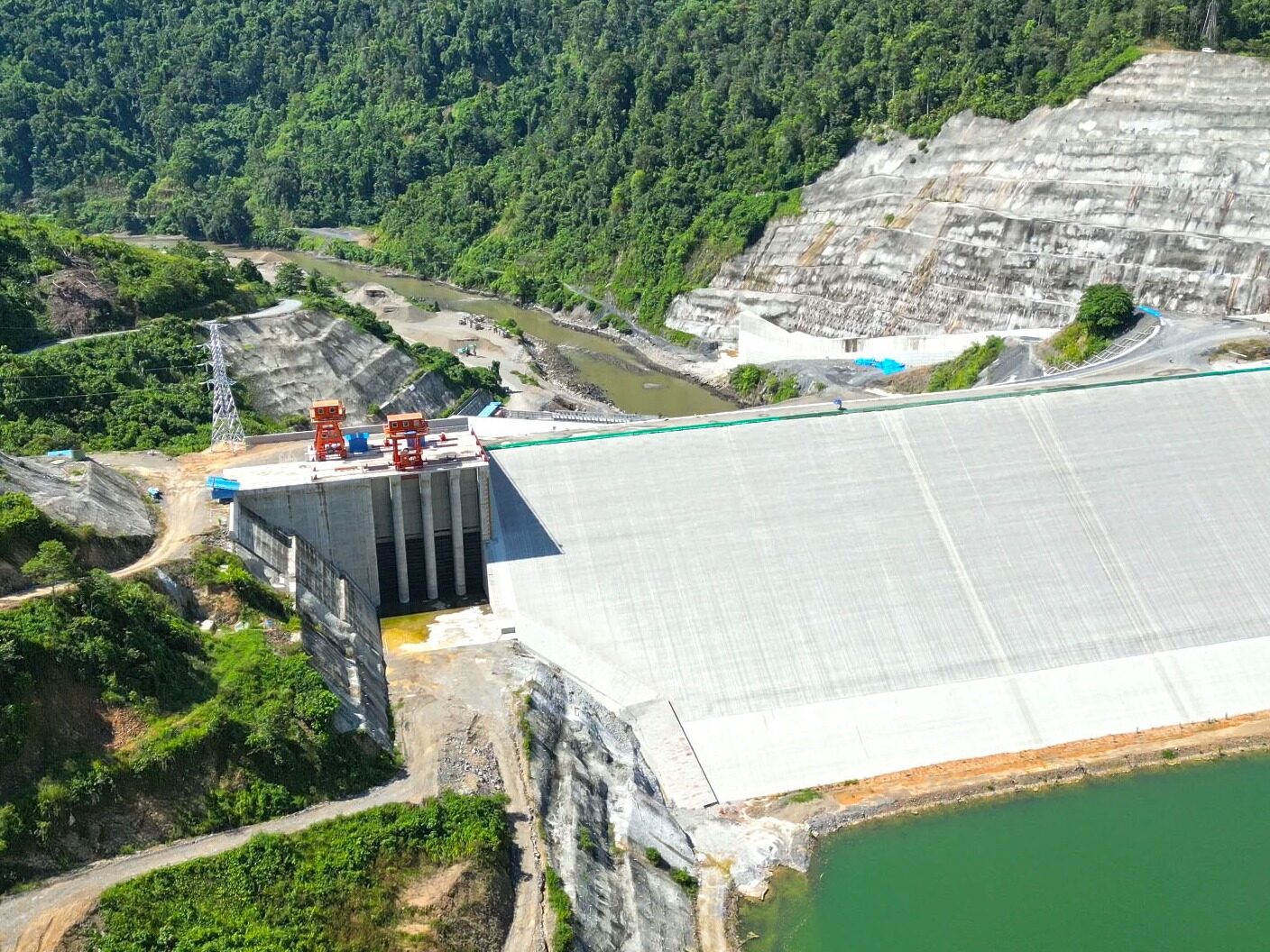

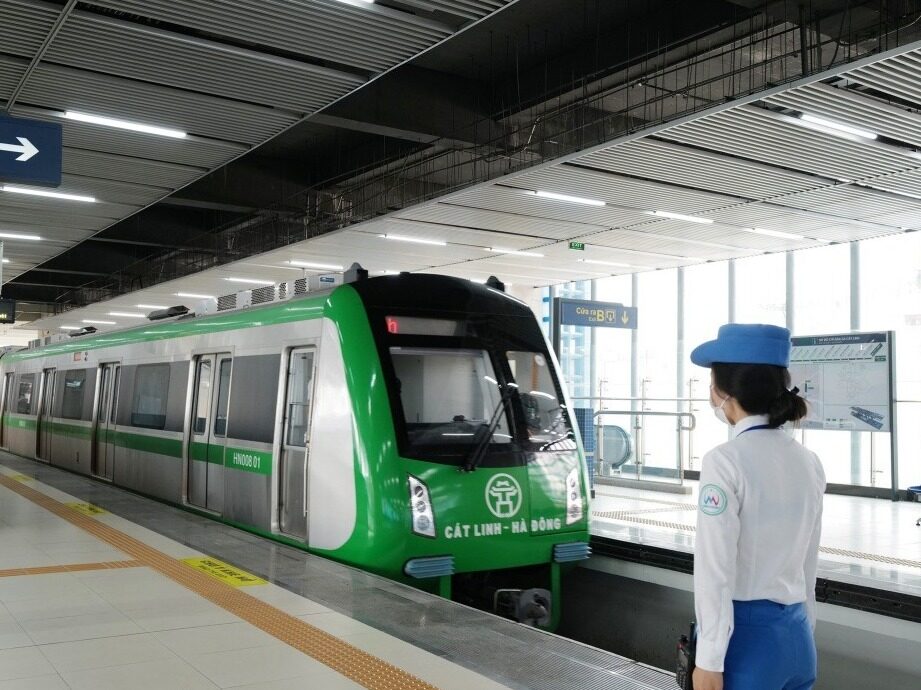






Write something~